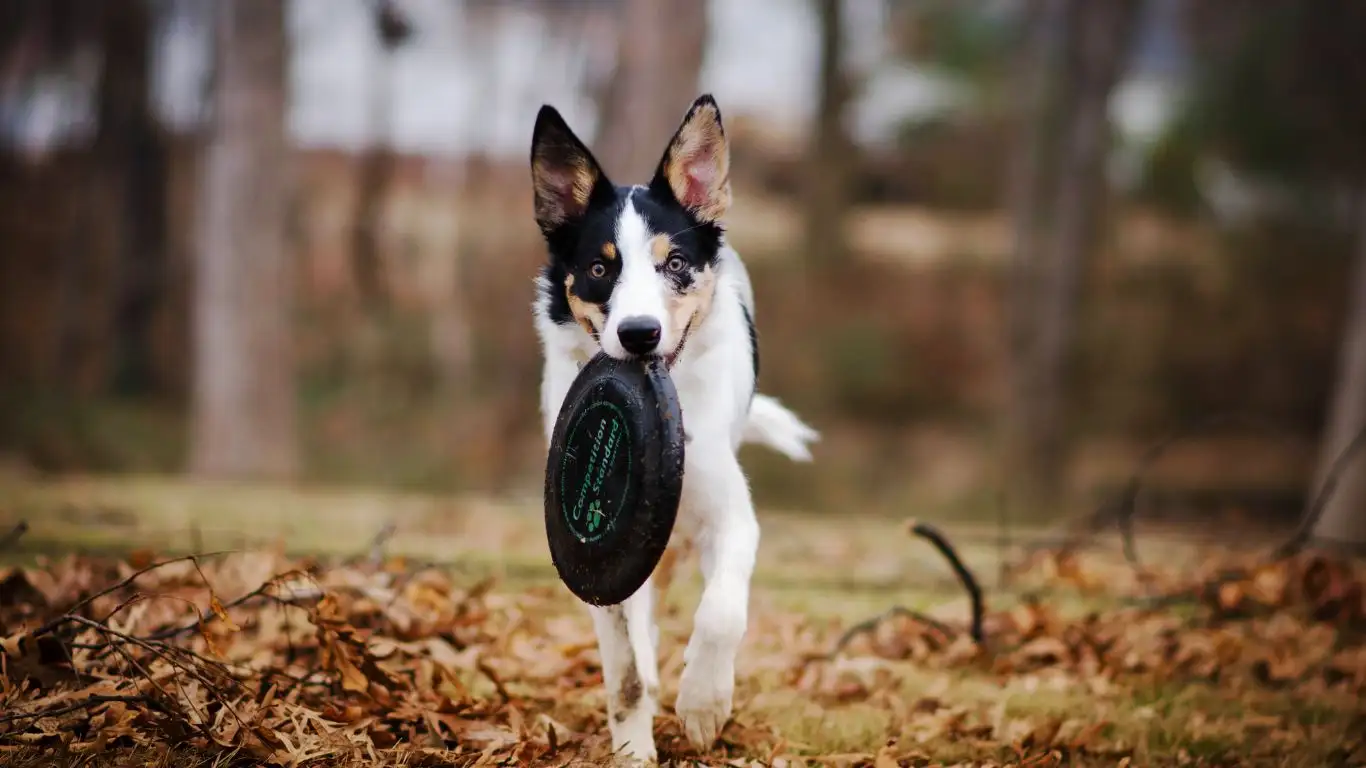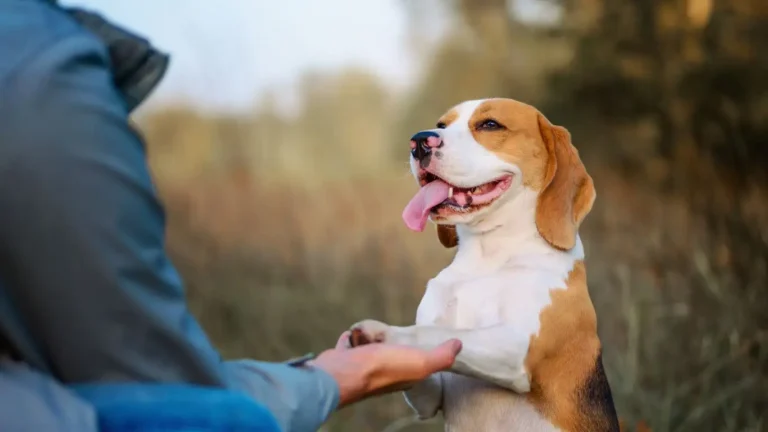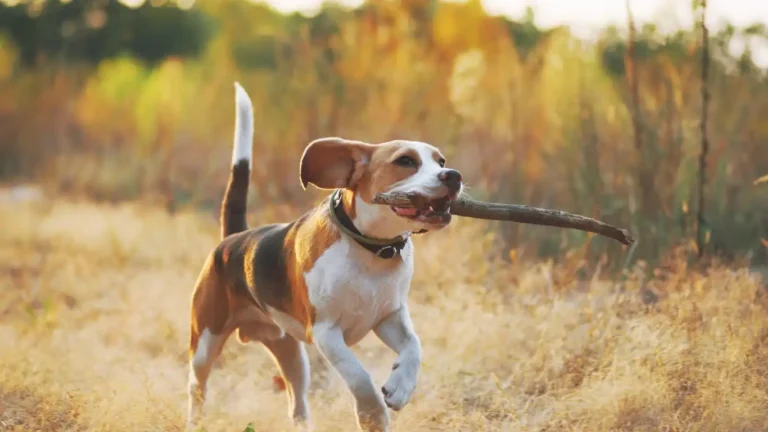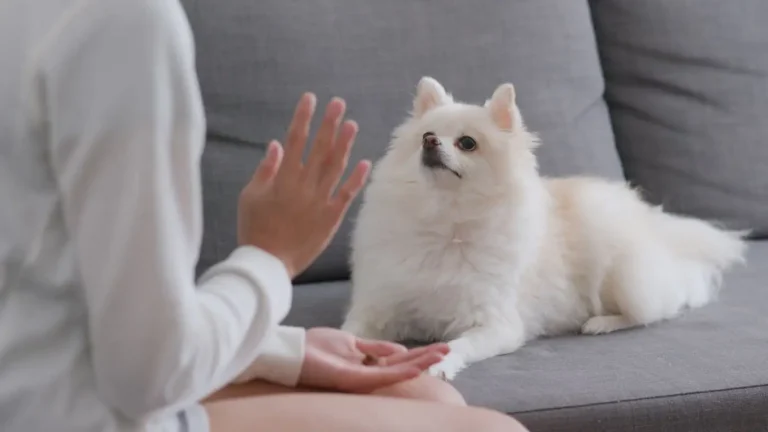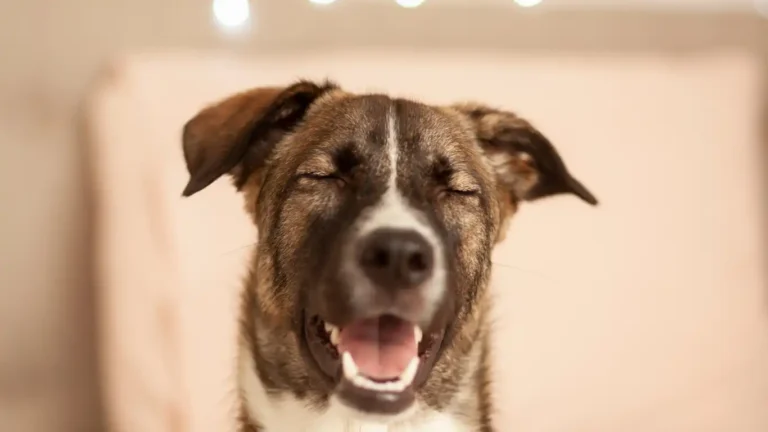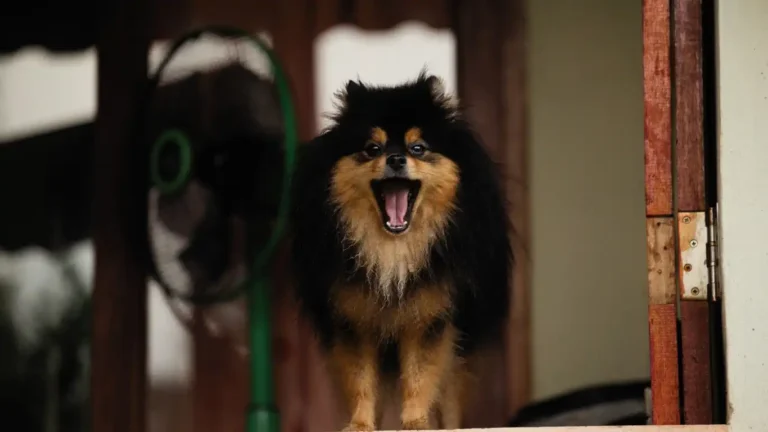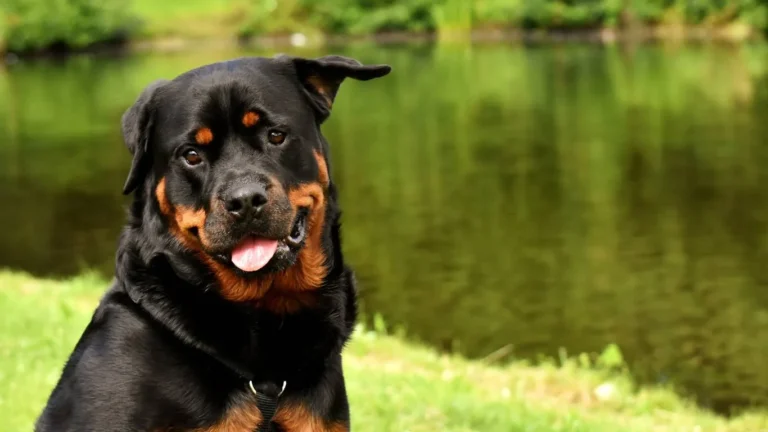10 Powerful Dog Training Tips for Immediate Results
If you’ve ever tried to teach your dog not to yank you down the street on walks, or begged them not to jump on guests like an overexcited kangaroo, you’re not alone—I’ve been there too. As an internal medicine physician who spends most of her days helping patients manage high blood pressure, I’ve learned firsthand how calming dog companionship can be. But let’s be honest: without good training, even the sweetest pup can raise your stress levels. That’s exactly why I wanted to share these 10 powerful dog training techniques that actually work. Whether you’re raising a brand-new puppy or dealing with a stubborn older dog, this guide is here to help—straight from someone who balances patient care and dog chaos daily.
1. Build a Bond Before You Train
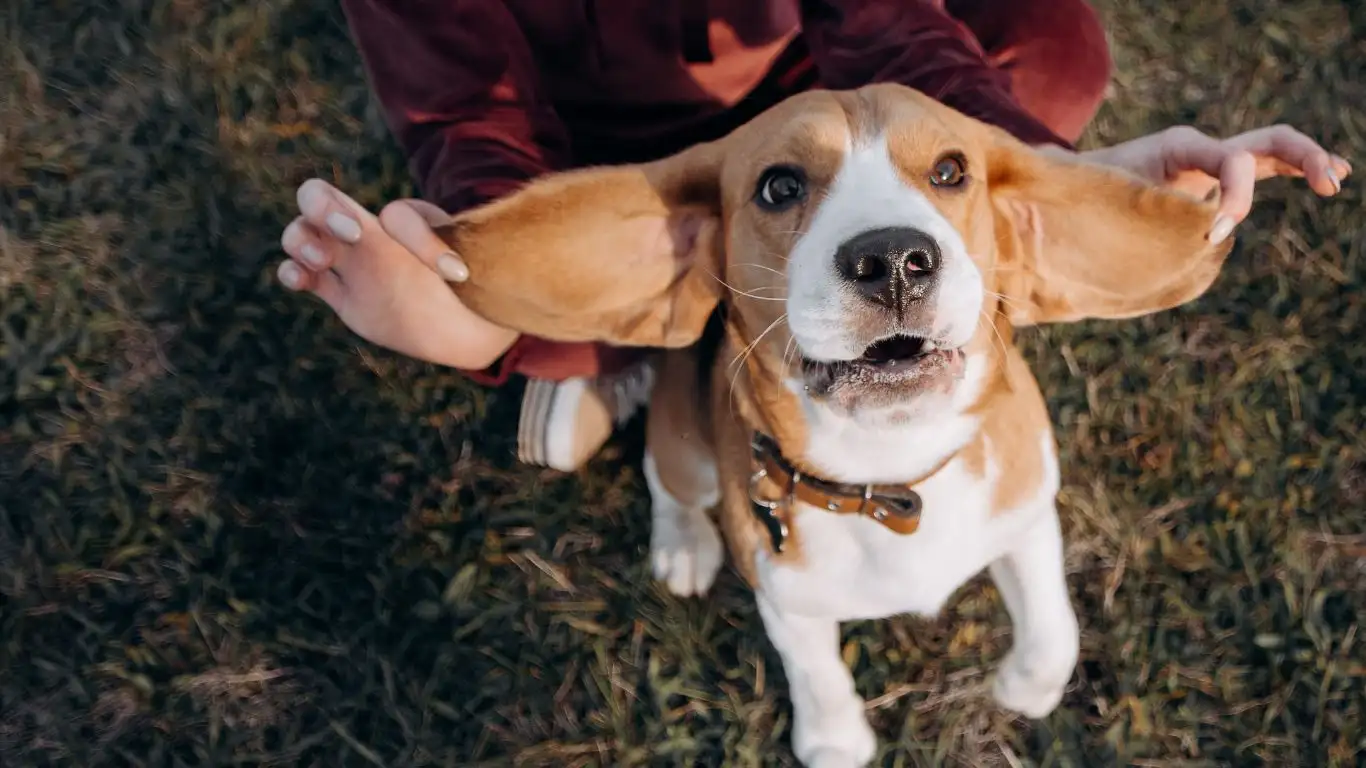
Before jumping into commands and rules, take a moment to bond with your dog. Seriously. Training is a lot smoother when your pup sees you as their safe space. I used to come home after a long hospital shift, mentally drained, but a few minutes of relaxed playtime with my dog made all the difference. Dogs pick up on your energy, so if you’re calm and connected, they’re more likely to respond positively during training sessions.
Ways to Strengthen Your Bond
- Play fetch or tug-of-war daily
- Talk to your dog like they understand you (they do… kind of)
- Groom them gently—brushing is underrated bonding time
2. Focus on Positive Reinforcement
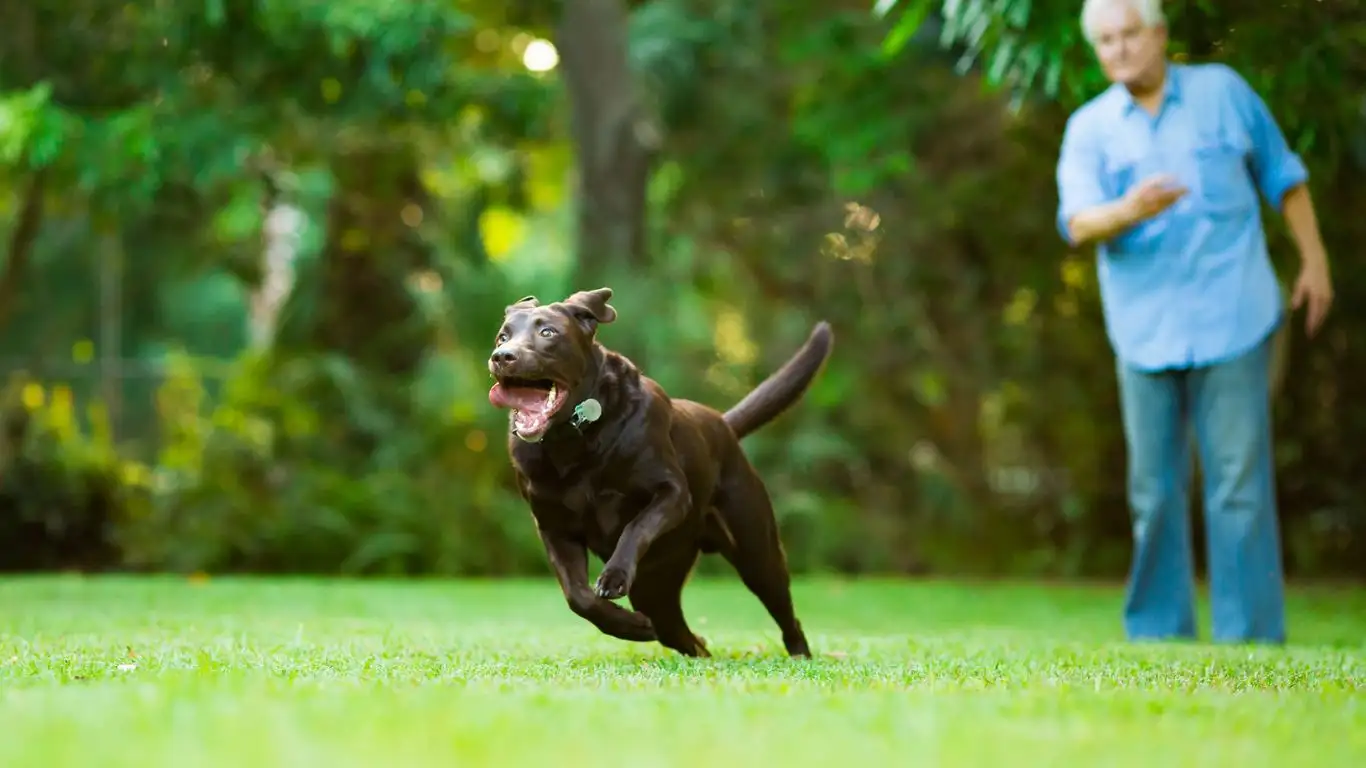
This might sound like old news, but positive reinforcement is truly the gold standard. Dogs thrive on rewards. I’ve seen this in both my clinic and home—positive attention encourages better habits, whether it’s in people or pets. When my golden retriever finally mastered “stay,” it wasn’t because I scolded her—it was because she got her favorite treat and a belly rub every time she did it right.
What Counts as Positive Reinforcement?
- Treats: Small, tasty, and something your dog actually loves (mine goes wild for freeze-dried liver).
- Praise: Say “good boy/girl” like you just won the lottery.
- Toys: A quick tug session can be more exciting than food for some dogs.
Pro tip from my own messy mornings: Keep a treat jar near the front door. That way, you’re always ready to reward good leash behavior or calm greetings when heading out.
3. Keep Training Sessions Short and Sweet
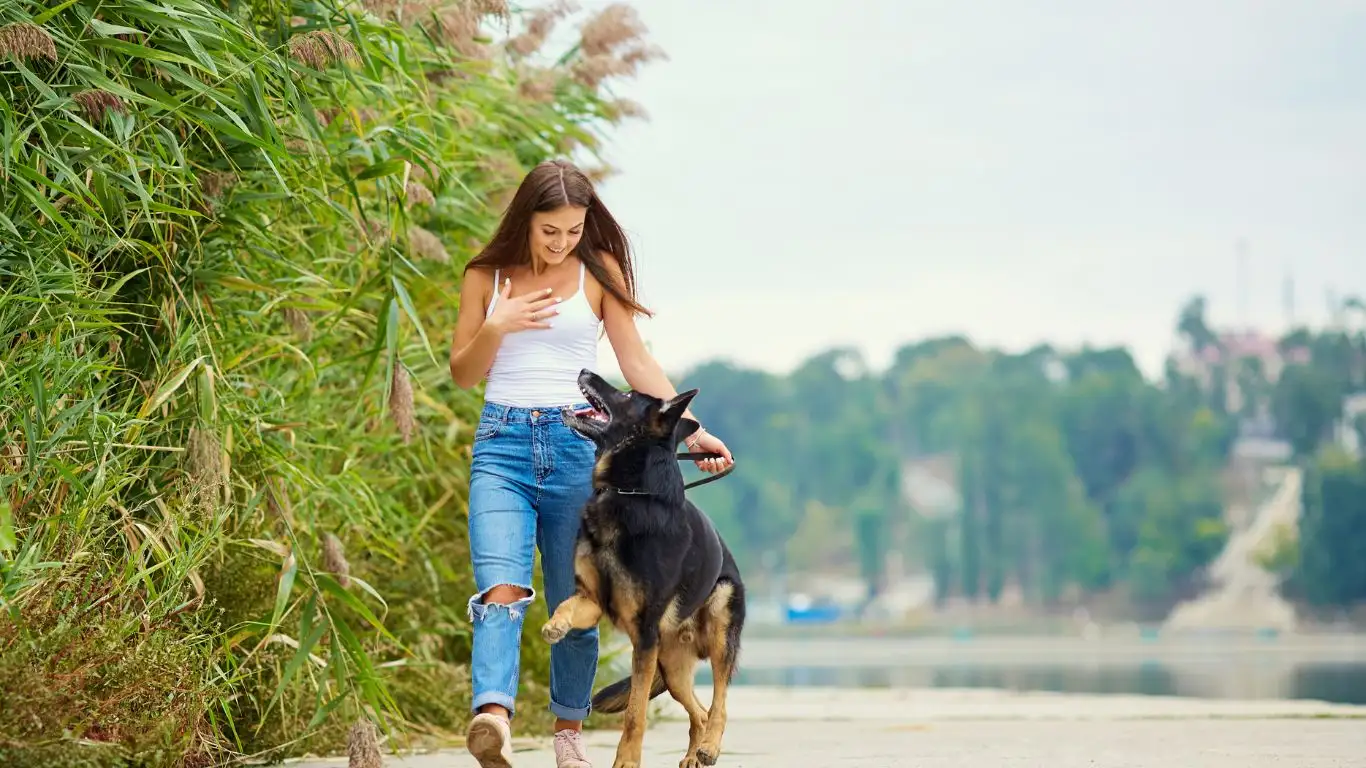
Your dog’s attention span isn’t exactly marathon-worthy—think more like a commercial break. Aim for short training bursts, ideally 5–10 minutes at a time. In my house, I usually sneak in a quick training round between brewing coffee and checking morning patient notes. It adds up more than you’d think, and it keeps both me and my pup engaged without feeling overwhelmed.
Mini Sessions for Maximum Impact
- Focus on one command at a time—no multitasking.
- End each session on a positive note, even if it’s just a basic “sit.”
- Use everyday moments (like waiting for food or a walk) as training opportunities.
Don’t forget: dogs love routine, so even if it’s just two mini-sessions a day, they’ll come to expect and enjoy it.
4. Consistency Is the Secret Sauce
If I had a dollar for every time I reminded a patient that blood pressure meds don’t work unless you take them consistently… well, you get the idea. Same thing applies to dog training. If you’re letting your dog jump on the couch one day and yelling “no” the next, they’ll just get confused—and likely keep jumping.
Make Rules and Stick to Them
- Decide household rules in advance (no jumping? no sleeping on the bed?).
- Make sure everyone in your home follows them—yep, even your kids.
- Use the same words for commands across the board.
For example, if you’re teaching your pup to get off the couch, stick with one phrase like “off” instead of switching between “down,” “get off,” or “move.” That clarity can speed up progress dramatically.
5. Master the Basics First
Before diving into fancy tricks like rolling over or playing dead, nail the essentials. Commands like “sit,” “stay,” “come,” and “leave it” are life-savers—literally. I can’t tell you how many times a firm “leave it” kept my dog from scarfing down something suspicious on our walks (city dogs, you know what I’m talking about). Starting simple gives your dog confidence and gives you the foundation to build more advanced training later.
Core Commands Every Dog Should Know
- Sit: Great for impulse control
- Stay: Keeps them safe and still when needed
- Come: Critical for off-leash reliability
- Leave it: Avoids danger and gross sidewalk snacks
When I first taught “come” to my dog, I started indoors, then moved outside on a long leash. With enough patience—and cheese cubes—she got it. And trust me, there’s nothing like calling your dog at the park and watching them sprint toward you like you’re the best thing since peanut butter.
6. Socialization: The Unsung Hero of Dog Training
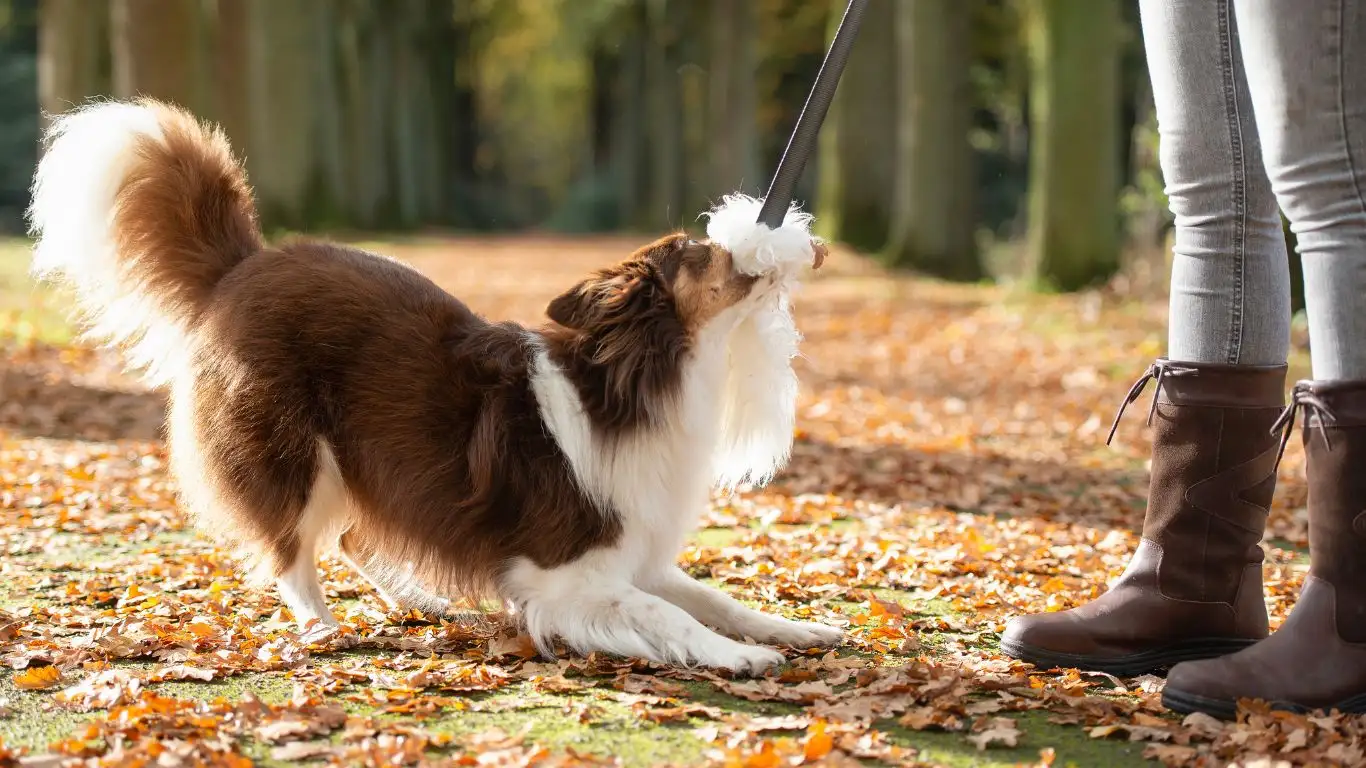
Let me tell you—nothing tests your dog’s training like the real world. Socialization isn’t just about making furry friends; it’s about teaching your dog to stay calm and confident in different situations. I still remember when I took my pup to an outdoor café for the first time. Between the clattering plates and curious toddlers, she was so overwhelmed she tried to climb onto my lap. That’s when I realized we needed more practice outside the backyard.
How to Introduce Real-Life Socialization
- Start with quiet places like empty parks or friends’ yards
- Gradually increase exposure to crowds, sounds, and other dogs
- Reward calm behavior in new environments (yes, that treat pouch stays on you!)
Pro tip: Try puppy classes or group walks. They’re a great way to socialize in a controlled setting—plus, they help you stay consistent.
7. Avoid Common Training Mistakes (I’ve Made a Few!)
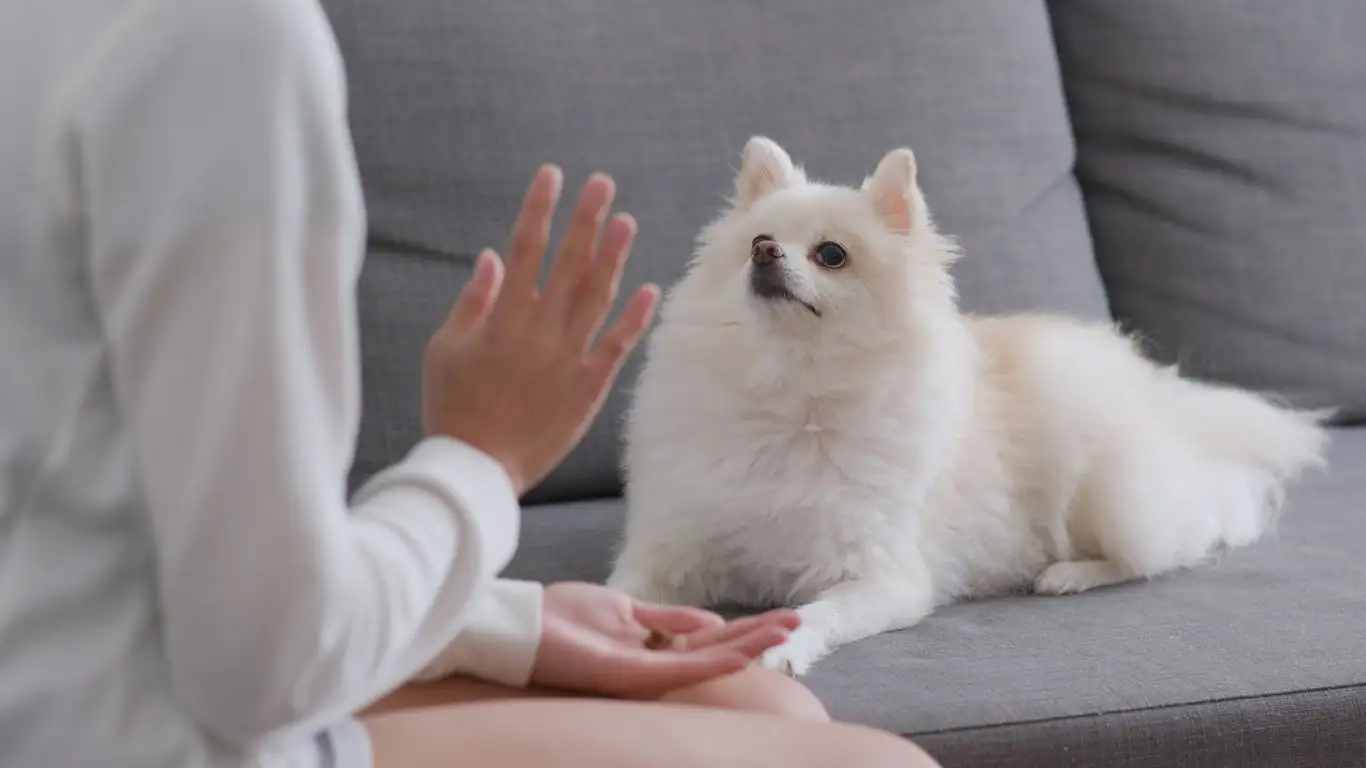
Even as someone who teaches patients daily about routine and discipline, I’ll admit: dog training humbled me. It’s easy to slip up without even realizing it. Maybe you’re unknowingly reinforcing bad behavior (been there), or maybe you’re expecting too much too soon. Here’s what I’ve learned through trial, error, and lots of dog hair on my scrubs.
Top Dog Training Pitfalls to Watch Out For
- Inconsistency: If you’re strict one day and lenient the next, your dog won’t know what to expect.
- Overuse of Negative Language: Saying “no” all the time without showing what to do instead just leads to confusion.
- Skipping Mental Exercise: Training isn’t just physical. Dogs need brain workouts too!
Here’s a quick example from my life: I used to tell my dog “no” every time she barked at the doorbell. Eventually, I realized I wasn’t giving her something else to do instead—so I taught her to go lie on her bed when the bell rang. Problem solved (well, mostly!).
8. Use Clicker Training for Clear Communication

I was skeptical at first too—what’s this little plastic clicker supposed to do? But once I tried clicker training, it completely changed how quickly my dog understood what I wanted. The click sound becomes a kind of “yes, that’s it!” that helps dogs connect the dots faster than just using treats or praise alone.
Getting Started with Clicker Training
- First, charge the clicker by clicking and giving a treat several times in a row so your dog knows click = reward.
- Use the click the moment your dog does the right behavior—timing is everything.
- Follow every click with a reward (even if it’s a small one).
After just a couple of days using the clicker, my dog was quicker to respond to commands like “down” and “leave it.” It’s like flipping on a learning switch in their brain.
9. Make Training a Daily Habit, Not a Weekend Project
This one’s a biggie. Training only works if it becomes part of your daily rhythm. I like to think of it like brushing your teeth—you wouldn’t just do it once a week and expect sparkling results, right? Whether you’re working 12-hour shifts like me or balancing a busy household, you can still squeeze in tiny training moments throughout the day.
Easy Daily Training Opportunities
- Practice “sit” or “stay” before meals
- Reinforce “leave it” during walks
- Use “come” in the house when calling your pup for cuddles
Even when I’m drained after clinic hours, I try to make training feel like fun rather than a chore. Sometimes it’s just 3 minutes of practicing commands in the hallway with a handful of kibble—it still counts!
10. Stay Patient and Celebrate the Small Wins
Okay, this might be the most important of all. If I’ve learned anything from both my patients and my own dog, it’s that progress isn’t always linear. One day your pup nails every command, the next they act like they’ve never heard the word “sit” in their life. It happens. And that’s okay.
There was a week when my dog completely forgot how to heel during walks, and I was this close to pulling my hair out. But I reminded myself: just like in medicine, progress takes time, and setbacks are normal. We reset, simplified our routine, and a few days later, she was right back on track.
Keep Motivation High for Both of You
- Celebrate tiny improvements—your energy matters!
- Switch up rewards to keep things exciting
- Take breaks when needed—overtraining can backfire
Remember: Your dog isn’t trying to frustrate you. They’re trying to understand you. Every moment you spend showing them how to behave is an investment in a calmer, more joyful life together.
Consistency Is King: Stick With It, Even When It’s Tough
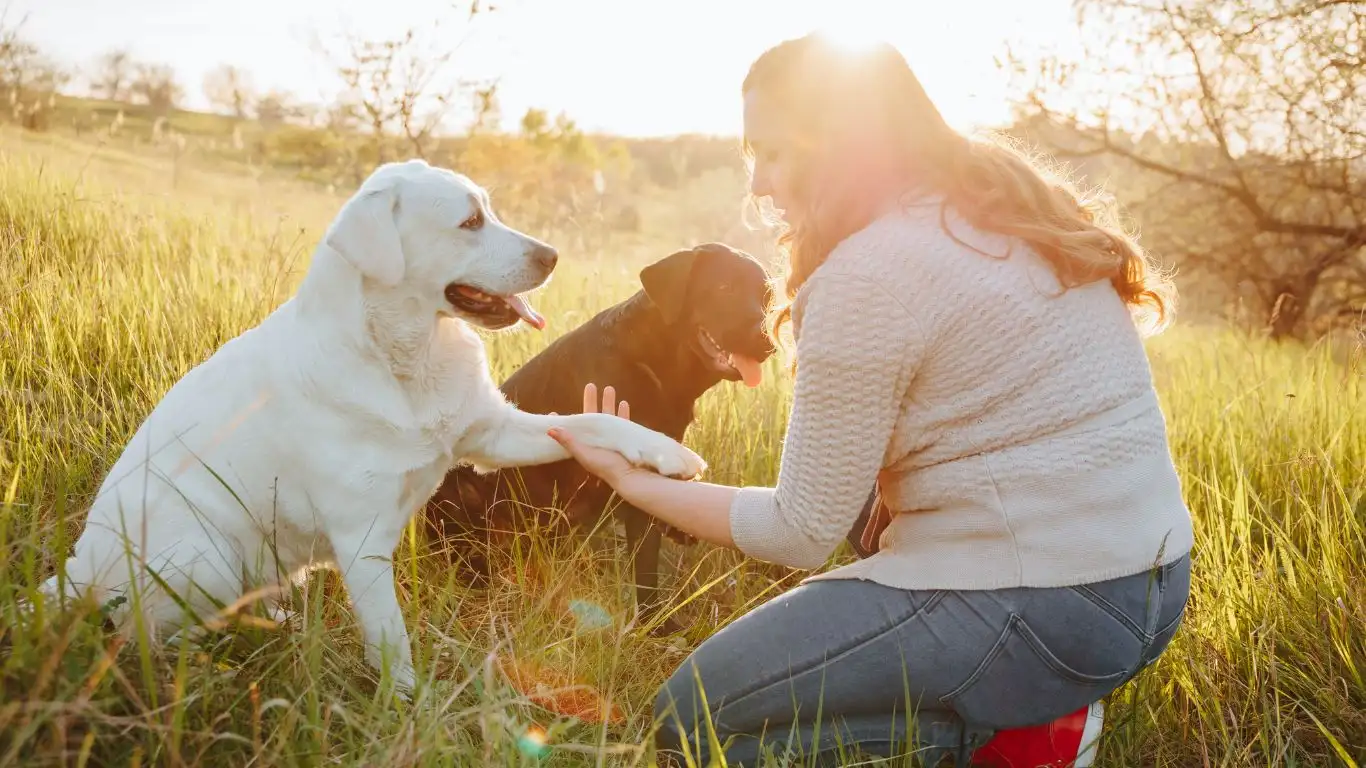
If there’s one thing I emphasize over and over—both in the exam room and with fellow dog parents—it’s this: consistency is what transforms your training. No fancy tool or trendy method can make up for that. Your dog thrives when they know what to expect and when they can count on you to be clear and predictable. That’s true for both behavioral health in humans and obedience in dogs (trust me, I’ve seen both sides).
And hey, I get it. Life gets hectic. After working long shifts and tending to my own self-care, there were plenty of days I wanted to crash on the couch instead of practice “stay” for the hundredth time. But what I learned is, it doesn’t need to be some grand training session every time. Sometimes just reinforcing one command in a quick moment goes a long way.
Ways to Stay Consistent Without Feeling Overwhelmed
- Set mini training goals each week (e.g., improve recall by 20 feet)
- Keep a small stash of treats in key spots around your home
- Involve other family members—everyone should use the same commands
Those small tweaks helped me stay on track without burning out, and my pup started responding more reliably because she knew what to expect.
Keep Things Fun: Variety Builds Stronger Habits

Let’s be honest—training doesn’t always feel like a party, but it can be. Dogs (and let’s be real, humans too) learn best when they’re enjoying themselves. One thing I started doing was mixing obedience with play. So instead of just doing a 15-minute drill session, I’d toss in a game of tug or a “find it” puzzle to spice things up. That kept both of us engaged and helped reinforce commands without making them feel like chores.
Ideas to Make Dog Training More Fun
- Turn “stay” into a hide-and-seek game
- Use interactive toys or food puzzles to reward focus
- Teach silly but useful tricks like “spin,” “high five,” or “touch”
Training doesn’t have to be stiff or rigid. The more fun you have, the more your dog will associate learning with good vibes. That emotional bond deepens your communication—something I value in medicine and in pet care alike.
When to Ask for Help (No Shame in It)
There’s a point in every dog parent’s journey where you hit a wall. Maybe your dog keeps lunging on walks despite your best efforts, or they panic every time you leave the house. Been there. One of my dogs had the worst separation anxiety, and no matter how many YouTube videos I watched, I just couldn’t crack the code. That’s when I reached out to a certified trainer who specialized in anxiety-based behaviors—and honestly, it was a game-changer.
Don’t wait until you’re frustrated and burnt out. Getting help early can save you months of struggle and confusion.
Good Reasons to Call in a Professional
- Your dog shows aggression or fear-based behaviors
- You’ve tried everything and aren’t seeing progress
- You want personalized guidance to fast-track training
Make sure the trainer is certified, uses positive reinforcement methods, and aligns with your values. Sites like AKC and PetMD are great places to start when looking for reputable trainers or behaviorists.
Final Thoughts: You’ve Got This
If you’ve made it this far—first off, high five. Training a dog, especially with a solid foundation like these 10 powerful dog training strategies, is a journey that takes time, patience, and a good sense of humor. Trust me, as someone balancing a demanding career in internal medicine with the unpredictable joy of dog parenting, I get how challenging it can be.
But every time your pup sits calmly at the door, or responds to “come” at the park, or even just gazes up at you with that “did I do good?” face—you’ll realize how worth it it is. You’re not just teaching obedience. You’re building trust. And that kind of relationship pays off in loyalty, companionship, and the kind of connection that words can’t really capture.
Just take it one step at a time. Don’t compare your dog’s progress to anyone else’s. Celebrate your wins (even the tiny ones), and stay kind to yourself during the setbacks. Like I always tell my patients—progress is still progress, no matter how slow.
References
Disclaimer
This article is for informational purposes only and does not substitute professional veterinary or medical advice. Always consult with a qualified trainer or veterinarian for advice tailored to your specific situation.
